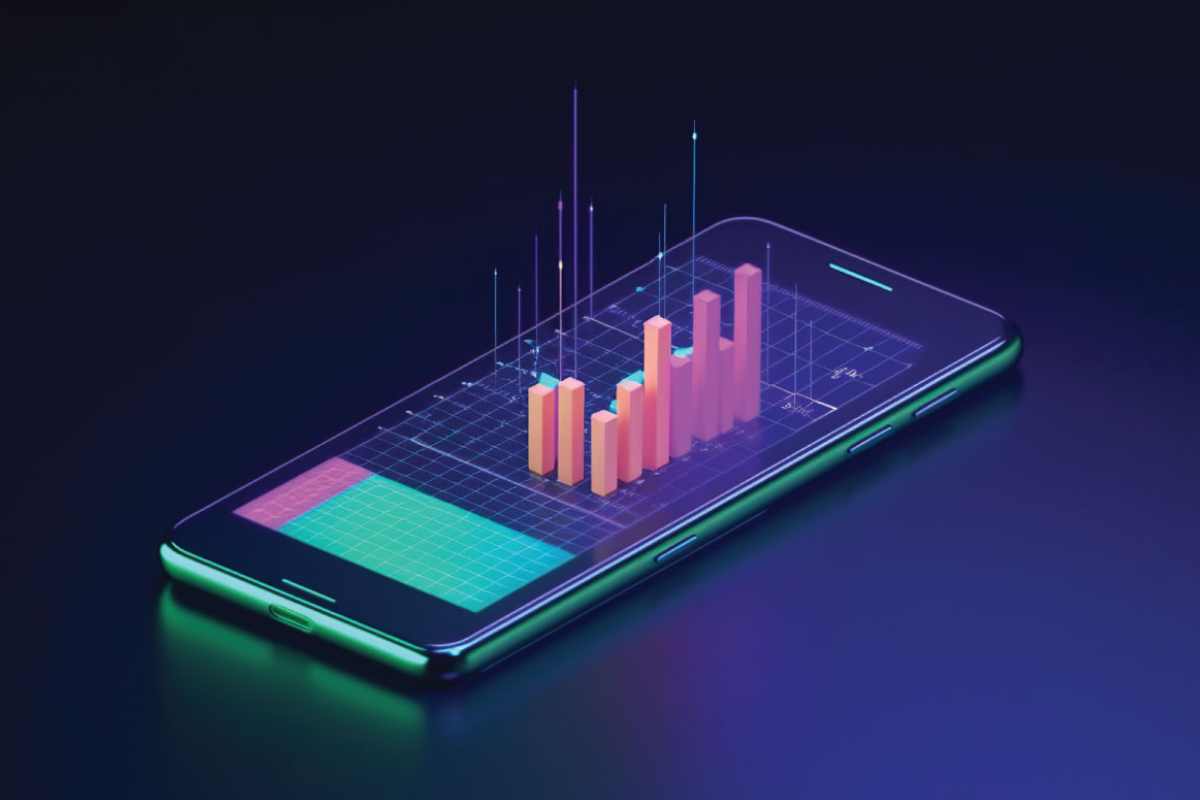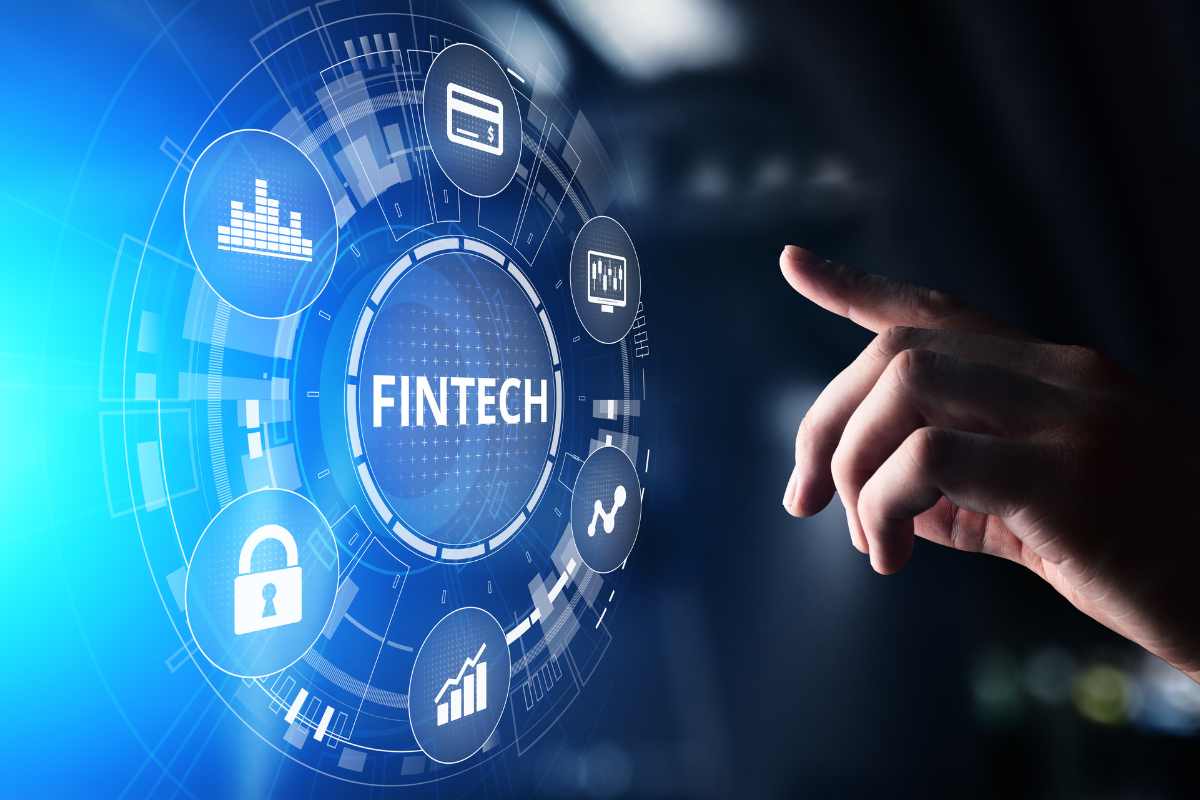We live in an era where technology and finance share a symbiotic relationship. The integration of FinTech and telecommunications has woven a network of interconnected technologies that bind the world together. This transformation has reshaped the landscape of financial transactions, ushering in a new era of financial inclusion and innovation.
As traditional financial structures struggled to adapt to the dynamic needs of consumers, digital payment technologies emerged as a crucial lifeline. The increasing prevalence of smartphones and internet access in international markets has significantly expanded the accessibility of digital payment technology. It reached a vast market that was previously underserved or, in many cases, completely ignored.
Mobile money: Bridging financial gaps
The union of FinTech and the telecom industry gave rise to mobile money services, among others. This underscored the limitations of traditional banking. Telecom companies, leveraging their extensive reach, granted users access to financial services, addressing gaps in the financial system. Moreover, payment tools like mobile wallets and peer-to-peer payment systems have transformed smartphones into banks.
A good example of this fusion of FinTech and telecom is Vodafone’s M-PESA in Kenya. It integrates mobile money services and serves as a catalyst for socio-economic change. Launched by Vodafone’s Kenyan associate, Safaricom, on March 6, 2007, M-PESA filled the void left by traditional banking systems. The company provided financial independence to millions. Today, it stands as Africa’s most successful mobile money service and the region’s largest FinTech platform. According to its official website, over 51 million customers are making over $314 billion worth of transactions every year through M-PESA. According to Statista’s report on M-PESA’s transaction volume from 2017 to 2023, it has risen incrementally every year from 6.4 billion transactions in 2017 to 26 billion transactions in 2023.
The rise of mobile money services has helped provide financial services for people without a bank. By leveraging the widespread availability of mobile phones, these services have extended financial inclusivity to individuals who traditionally lacked access to formal banking systems. People can perform a variety of financial transactions through their mobile devices, fostering a newfound financial freedom.
The digital shift: Trends transforming payments
The digital economy and digital payment systems are intricately connected. In 2022, global payments revenue witnessed a remarkable surge of 11 percent, surpassing $2.2 trillion, as per McKinsey’s Global Payments Report. Furthermore, the report highlights that digital transactions have overtaken cash transactions, indicating the significant impact of modernizing payment systems worldwide.
Additionally, BCG’s report on the Interoperable QR Code Payment Ecosystem has projected that the combined economy of the Association of Southeast Asian Nations will grow from $3.8 trillion today to $20 trillion by 2047. A major factor in this transformation is the increase in the total number of smartphone users in the region. It increased from 498 million in 2017 to over 675 million in 2022 and is projected to grow even further.
The new wave of instant payments
The advances in payment systems have been noteworthy, with mobile platforms integrating NFC technology, QR codes and contactless payments. The real-time payments revolution is not just technological but societal. Deloitte’s Payment Trends Report 2023 highlights the exponential demand for instantaneous, cashless transactions, with growth rates echoing societal shifts.
According to the report, real-time payments have created a strong foothold in the market, with demand increasing exponentially. RTP has grown steadily, with a 12 percent volume growth and an 18 percent value increase from the first quarter of 2023. Meanwhile, in the United States, the year-over-year growth of real-time payments is at 69 percent. The 24/7/365 availability of this payment system makes it the ideal tool for payments when customer expectations for faster payment options are at an all-time high.
The growth in market adoption of these technologies has been due to a variety of reasons. It was accentuated by the COVID-19 pandemic when faster access to money during a period of financial hardship became crucial. Secondly, the rise of e-commerce has made it possible to buy products from anywhere in the world, which has led to the problem of making payments from anywhere in the world. This problem is solved by RTP technology. The global volume of RTP transactions increased by 25 percent between 2019 and 2020 and is expected to grow by 12 to 15 percent a year until 2025.
Read: Fintech Trends in 2024: Region’s ‘Open Banking’ market to surge
Digital transactions: Government endorsement and security
Governments worldwide support digital transactions for various reasons. Digital payments are more secure as each transaction has an electronic trail that can be quickly followed and saved indefinitely, which makes tracing fraudulent transactions easier. In addition to improved security, digital transactions are also easy to audit. The government can easily track transactions, audit tax accounts and detect tax fraud. By encouraging digital transactions, governments can ensure that tax revenue is collected more efficiently and effectively.
The bright future of mobile banking and payments
The convergence of FinTech and telecom has led to a revolution in mobile banking and payments. And mobile money services and real-time payments are the most visible outcomes. As the world becomes more interconnected and digitalized, the demand for faster, more secure, and more accessible payment systems will continue to grow. The future of mobile banking and payments looks bright. Emerging technologies like blockchain and artificial intelligence are expected to play significant roles in this relentless growth.
Amir Tabch is chairman, CEO, and board member of various FinTech companies.
For more op-eds, click here.





